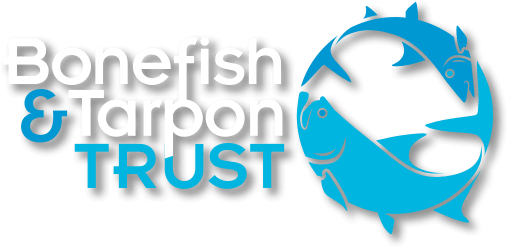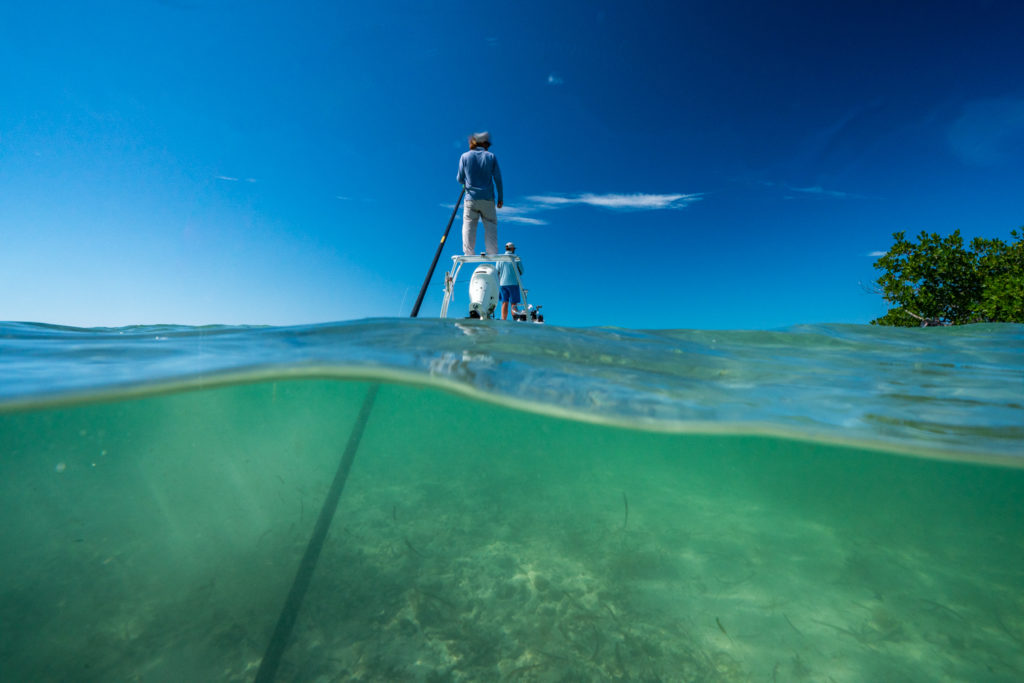Photo: Ian Wilson
So far in our series of posts, we overviewed the Florida Keys National Marine Sanctuary’s draft management plan and what is at stake, and discussed regulatory zones we support, oppose, and those that should be added to maximize the general management plan’s potential to benefit our fishery. We will conclude this series with recommendations on what the Sanctuary can do to better understand and ultimately improve water quality in the Florida Keys.
Water quality concerns in the Florida Keys have been brought up at every Sanctuary general management plan public meeting. Individuals from all marine user groups report pulses of green water, more algae on the bottom, increased turbidity and other symptoms that would suggest water quality problems. Our fish, wildlife, and habitats are also showing signs that water quality may be in decline in the Keys. We are experiencing sponge die-offs from algae blooms and finding pharmaceuticals in bonefish and a prevalence of diseases across multiple species, which often are associated with poor water quality. Despite these signs, Florida Keys National Marine Sanctuary’s Water Quality Protection Program suggests that water quality is steadily improving in the Florida Keys.
The Florida Keys National Marine Sanctuary’s Water Quality Protection Program started in the mid 90s, in response to public outcry of deteriorating water quality in the Keys. Data provided from the Water Quality Protection Program justified county, state, and federal spending of over a billion dollars to switch Monroe County from septic to sewer systems to improve our water quality. Despite the successes of the past, the Water Quality Protection Program is not detecting the ongoing water quality issues that many are seeing in the Florida Keys. And, without scientific evidence that there is a problem, government agencies cannot justify increasing taxes, allocating limited funding, or set regulations that could potentially hurt businesses, to improve these issues.
The Water Quality Protection Program is designed to detect and monitor constant sources of localized pollution resulting from leaky septic tanks. However, in the Keys, we have a new era of water quality issues. Exponentially growing populations on the mainland are pumping more pollution into estuaries upstream of the Keys. Since these sources of pollution are more distant, they cause stress more sporadically when favorable ocean currents bring the polluted water close to the Keys. King tides are becoming more pronounced, inundating urban areas and flushing the pollution from roads, lawns and other sources into the ocean.
We are also introducing new pollutants into our waters, like pharmaceuticals. In the U.S. the use of pharmaceuticals is steadily increasing. In 2018, 5.8 billion prescriptions were filled in the U.S., with the average American taking 18 prescriptions per year. Much of the active chemicals in these drugs are not absorbed, and pass through our bodies into sewer systems. And unfortunately, our current waste treatment facilities do to remove these pollutants, even though the technology to remove contaminants exists. Pharmaceuticals are directly absorbed by our fish, changing their physiology and behaviors. We tested bonefish in Key Largo to determine if pharmaceuticals were present in their tissue. In total, 14 different pharmaceuticals were present in bonefish: five antihypertensive agents, four psychoactive compounds, two antihistamines, one antimigraine, one antifungal drug, and a muscle relaxant. These pharmaceuticals are in our waters, and are likely having some effect on our fish and wildlife. The pharmaceuticals in Keys fish are likely coming from a combination of local sources as well as those upstream sources on the Florida mainland.
These new sources of water quality stress necessitate a different approach to the Water Quality Protection Program. This new Water Quality Protection Program should: 1) sample water quality more frequently and in more places; 2) be adaptive and informed from observations by those who are seeing the problems on the water; 3) have the infrastructure to rapidly respond and measure how much pollution enters our Keys waters following events like king tides, hurricanes, rain events, and runoff events from mainland Florida; and 4) test for new sources of pollution, like pesticides and pharmaceuticals.
Effectively restructuring the Water Quality Protection Program to detect these new issues will allow the Sanctuary to better address water quality issues. In the mid 1990s, the public demanded that the Sanctuary clean our waters. The Sanctuary rose to the challenge by developing the Water Quality Protection Program, which justified the switch from septic to sewer. We propose that the Water Quality Protection Program evolve to address the next generation of water quality issues. Hopefully, it will lead to more investment from our state and federal agencies to clean our waters and sustain our fisheries for the future.




